Anisotropic Filtering Quality - 1:
With the launch of Nvidia's GeForce 8800-series graphics cards, ATI's filtering quality was arguably pushed back into second place because Nvidia managed to implement an almost completely angle-independent filtering algorithm.At the launch event in Tunisia, AMD didn't really talk about anisotropic filtering all that much. All that the company's representatives really talked about was that the optional high quality anisotropic filtering mode (on X1000-series) was enabled by default in the new driver, because there aren't many people that wouldn't choose to use it. AMD also said that there were a few cases (where there was abnormally poor quality) that were fixed, too.
First we used a very simple tool called Texture Filter Test, which creates a very simple tunnel effect and represents mip boundaries with colours. The IHV's aim is to produce a circle as tight as possible, as that represents perfect filtering at all angles.
R600's texture filtering quality appears to be very similar to what it was on Radeon X1000-series with high quality filtering enabled in the driver. So, while the filtering quality is pretty damn good, the filtering quality isn't quite as good as it should be at 45 degree angles. On the other hand, Nvidia's G80 GPU produces an almost perfect circle. Let's have a look at how this translates into in-game filtering quality with a couple of different filtering tasks from The Elder Scrolls IV: Oblivion.
The images enlarge to uncompressed 24-bit PNG and thus file sizes are extremely large!
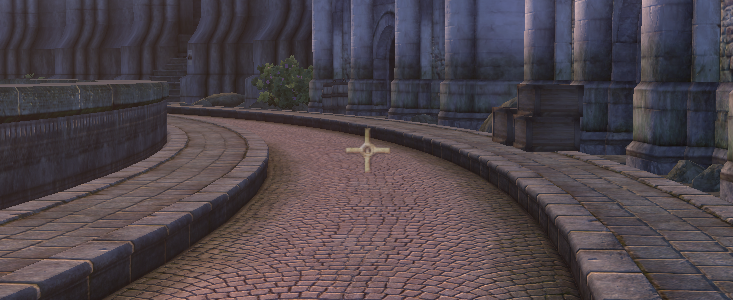
ATI Radeon X1950 XTX - 16x HQ AF
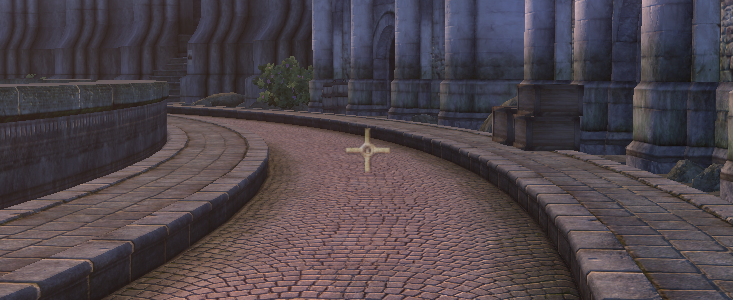
Nvidia GeForce 8800 GTS - 16x AF (default)
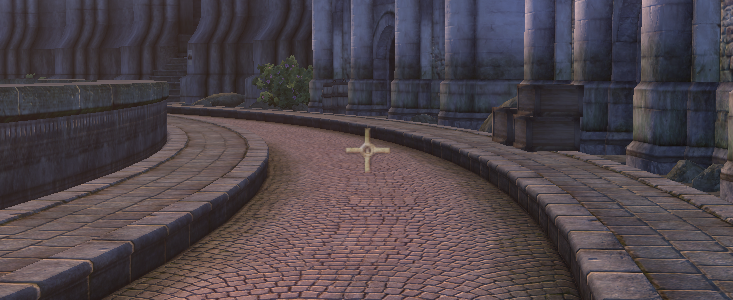
ATI Radeon HD 2900 XT - 16x AF (default)
The quality in the distance on both the Radeon X1950 XTX and Radeon HD 2900 XT isn't quite as good as Nvidia's GeForce 8800 GTS and we experienced some texture moire (moving circles) as we moved forwards. This was more prominent on the Radeon HD 2900 XT than it was on the X1950 XTX and the screenshots show this perfectly - check just below the crosshair. That shows there's a lack of texture filtering oomph in this particular case - it gets much worse on GeForce 7-series hardware, which had truly awful filtering quality.

MSI MPG Velox 100R Chassis Review
October 14 2021 | 15:04


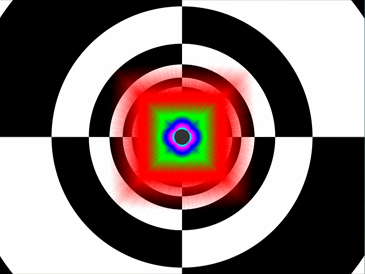
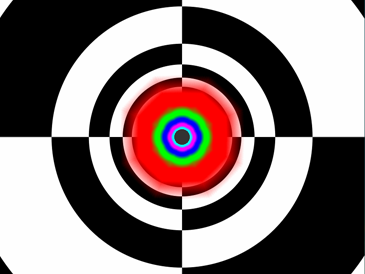







Want to comment? Please log in.